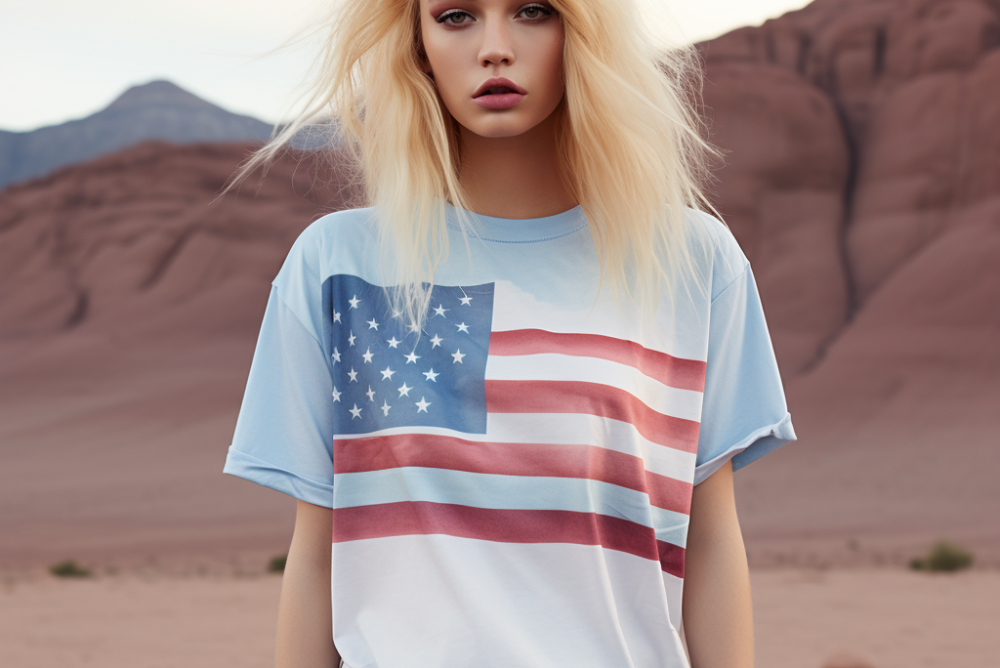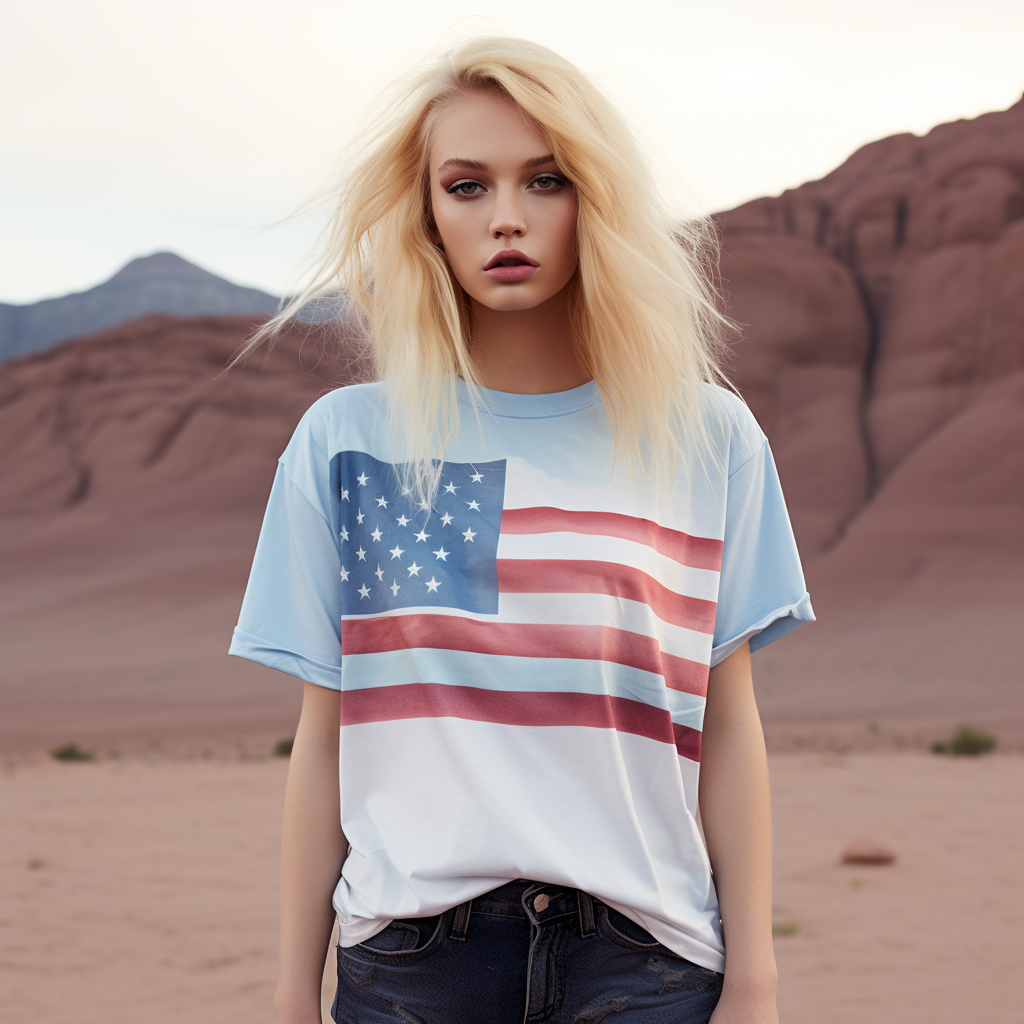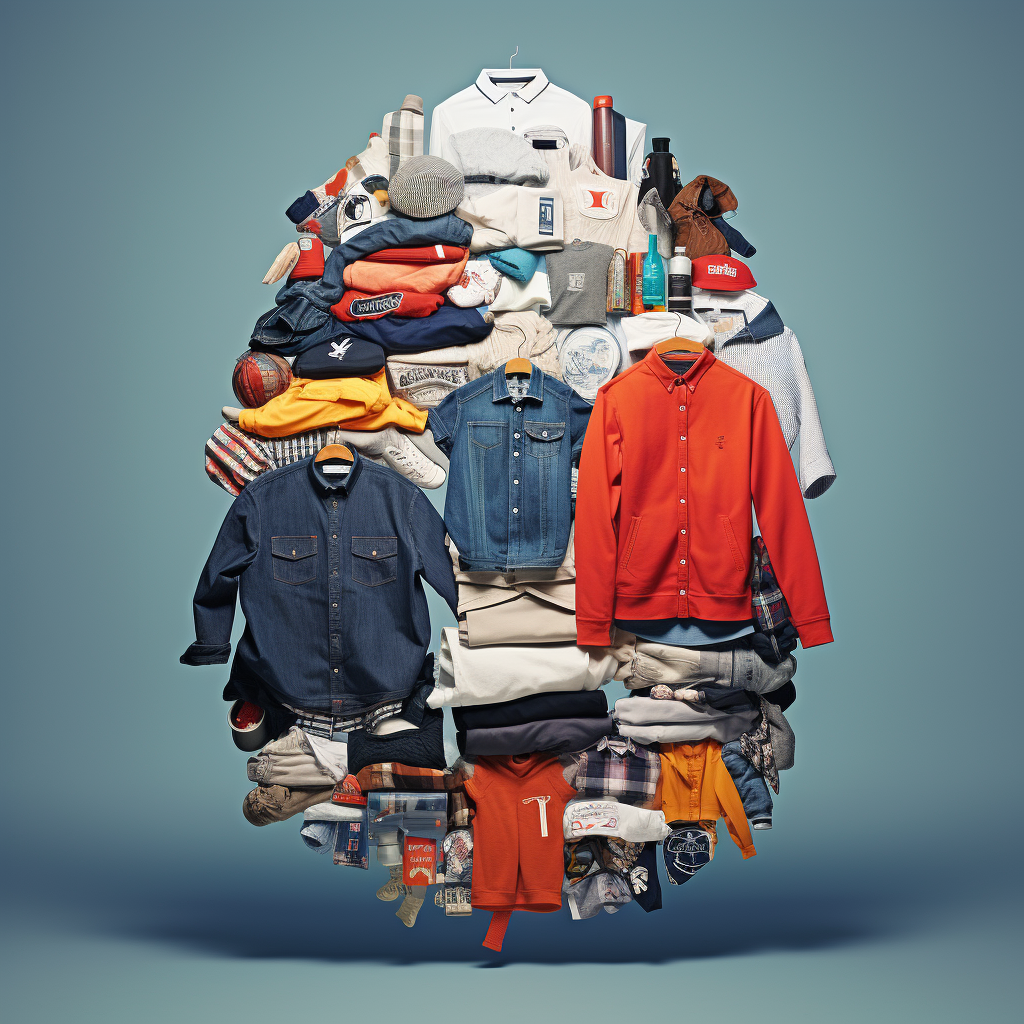Which Major US Clothing Brands Are Made in China?


Over the past few decades, an increasing number of major US clothing brands have moved their manufacturing operations to China. Brands like Nike, Gap, Victoria's Secret, Ralph Lauren, Tommy Hilfiger, and Michael Kors now produce the majority of their apparel in Chinese factories. This shift has generated controversy, with critics arguing that it has hollowed out US manufacturing and cost domestic jobs. However, the reality is more complex. There are clear economic incentives for US brands to manufacture in China, but there are also signs that this trend may reverse in the coming years.
This article will examine major US clothing brands that are made in China. It will look at the key factors that drove the shift to overseas manufacturing, as well as recent developments that could bring some production back to the US. The goal is to provide a balanced, nuanced perspective on a topic that is often discussed in black-and-white terms. There are understandable motivations behind US brands' manufacturing decisions, but also reasonable arguments for why more domestic production could be beneficial. This complex issue defies simplistic explanations.
Major US Clothing Brands Made in China
Nike
Nike is likely the most prominent example of a major US brand that now manufactures nearly all of its products overseas, particularly in China and Vietnam. As of 2020, Nike produced about 21% of its apparel in China specifically. The sportswear giant began shifting its manufacturing to Asia in the 1970s and was one of the first brands to take advantage of China’s large migrant worker population willing to make apparel for much lower wages.
Nike’s products require high manual labor inputs, like stitchingpieces together, which can be done for a fraction of U.S. labor costs in China. Additionally, Nike maintains established and efficient supply chains for sourcing materials and moving products in China built up over decades. The company still employs over 75,000 workers across China in footwear and apparel factories. While Nike has faced some criticism over labor conditions, the economic incentives are clear for why it continues to leverage Chinese manufacturing.
Gap
Gap is another clothing retailer that now produces the vast majority of its apparel in factories abroad, especially in China, Vietnam, and Indonesia. The brand faced growing competitive pressure in the 1990s from trendier and cheaper fast fashion retailers. In response, Gap began aggressively cutting costs by closing U.S. factories and transitioning almost all production to Asia where labor was cheaper.
Today, Gap maintains that only about 3% of its clothes are made in the United States. The rest are made at 300 factories it contracts with in China and other emerging market countries. Cheap overseas manufacturing has allowed Gap to grow profits while keeping consumer prices low amid cutthroat competition, but the transition has not been without issues. Gap has faced criticism over unsafe working conditions and low wages in some of its offshore facilities.
Victoria's Secret
Victoria's Secret is known for its lingerie, sleepwear, and casual clothing, almost all of which is produced outside of the United States today. An estimated 50% of Victoria's Secret apparel is manufactured in China. The brand made a definitive move to outsourcing production in the 1990s as a way to reduce costs and boost profitability for its parent company L Brands.
China in particular offered an immense skilled workforce capable of doing the intricate sewing and fabric work required for lingerie at a fraction of U.S. wages. Victoria's Secret was able to slash its production costs dramatically by manufacturing in China. The brand also cited greater flexibility and speed in adapting to fashion trends as key benefits of outsourcing.
However, Victoria's Secret factories in China have not been without controversy regarding working conditions and pay. But the economic savings continue to be substantial enough for Victoria's Secret to maintain most of its production in China and other developing countries where labor remains relatively cheap.
Ralph Lauren
The Ralph Lauren Corporation has transitioned heavily into overseas manufacturing over the last 20 years, with estimates that over 95% of the brand's apparel is made abroad today. This includes Polo Ralph Lauren as well as subsidiary labels like Club Monaco. China has become one of Ralph Lauren's largest sourcing markets along with Vietnam and Sri Lanka.
In explaining the outsourcing shift, Ralph Lauren executives have pointed to the flexibility and scalability offered by global supply chains. Manufacturing in China also provides access to raw materials like silk and cotton at lower costs compared to the U.S. Despite facing criticism for moving jobs overseas, Ralph Lauren has benefited financially from cheap foreign production. China in particular has proven an ideal manufacturing base according to executives, providing skilled labor and infrastructure.

Tommy Hilfiger
Tommy Hilfiger has evolved over the last 20 years from an all-American brand to one that now manufactures almost exclusively in foreign countries, especially China and India. As of 2015, Tommy Hilfiger produced about 11% of its apparel in China. But overall, roughly 98% of the brand's clothes are made overseas.
The company began shifting production out of the U.S. to cheaper facilities abroad in the 1990s. Tommy Hilfiger was struggling financially and saw outsourcing as a way to drastically cut costs. The brand was able to significantly expand profit margins by leveraging the lower labor rates and raw material costs in developing countries like China.
However, Tommy Hilfiger has also received criticism for worker rights violations at some foreign factories. Still, the cost savings and flexibility benefits of outsourcing continue to outweigh these issues for the brand. Tommy Hilfiger maintains that manufacturing in China provides access to skilled workers and allows the company to better manage inventory while responding rapidly to fashion trends.
Michael Kors
Designer brand Michael Kors has grown rapidly in popularity over the last decade, with its handbags, watches, and clothing now considered affordable luxury items. The vast majority of Michael Kors products are manufactured abroad, especially in China.
Michael Kors does not disclose the full breakdown, but industry estimates suggest at least 60% of the brand’s apparel is produced in China. The company has closed most of its domestic manufacturing in favor of overseas facilities that offer far lower costs. According to Michael Kors’ supply chain executives, China provides an unparalleled manufacturing ecosystem for apparel and leather goods.
The country’s skilled workforce, modern factories, and well-developed logistics networks allow Michael Kors to produce high volumes of products at low costs. However, the brand has also received criticism and had supply chain issues related to Chinese factories with poor working conditions. But the financial incentives to manufacture in China remain strong overall for Michael Kors.
Why US Brands Manufacture in China
Lower Labor Costs
The most obvious factor that has motivated US clothing brands to manufacture in China is the substantially lower labor costs compared to the US. Apparel manufacturing is labor-intensive, requiring large numbers of workers to sew and assemble garments. With US worker wages much higher, it became appealing for brands to shift production to China where wage rates were a fraction of what they were at home.
For instance, estimates suggest the average factory worker in urban China makes around $10,000 to $12,000 per year. Comparable factory workers in the US earn closer to $30,000 annually. This enormous difference in labor costs has made overseas manufacturing vastly more economical despite rising wages in China in recent years. US brands are able to produce apparel at lower costs and maintain competitive pricing for consumers.
Established Supply Chains
In addition to direct labor cost savings, established supply chain networks in China make manufacturing there appealing for US brands. Over the decades, companies like Nike and Ralph Lauren have built up extensive footprints in China consisting of vetted factories, logistics infrastructure, raw material suppliers, and skilled workers.
Switching production to the US would require developing all new supply chains domestically essentially from scratch. The existence of mature supply ecosystems in China reduces risks and overhead for brands while allowing flexibility in production volumes and enabling access to components. Exiting these beneficial supply chains is not something most US brands have been willing to undertake even amid political pressure.
Lack of Domestic Manufacturing Capacity
Another reality is that the US has lost so much of its apparel manufacturing capacity over the years that switching back production at scale would be nearly impossible in the short term. Even with political encouragement, US clothing factories no longer have the capacity for production levels needed by massive brands like Nike or Ralph Lauren.
China, on the other hand, has a massive workforce of skilled apparel workers and far more clusters of clothing factories designed for high volume production. Replicating a comparable manufacturing base in the US would take many years and huge investment, making domestic production impractical currently regardless of political calls to bring jobs back.
The Future of US Brands Manufacturing in China
Rising Labor Costs in China
While the labor cost savings of manufacturing in China have been immense for US brands, there are signs this could slowly start to change in the coming decade. As China's economy develops further, average wages for factory workers have risen substantially.
Estimates suggest urban factory wages in China have increased anywhere from 5% to 10% annually over the last 5 years. If these trends in rising manufacturing wages continue, some of the cost savings from Chinese production could be eroded. This may gradually incentivize more US brands to explore reshoring some apparel production back home or shifting to even lower cost countries like Vietnam.
Automation Reducing Need for Cheap Labor
Paradoxically, increasing automation in apparel manufacturing could also reduce some of the advantages of producing in China strictly for labor cost purposes. As more clothing factories adopt automated sewing and stitching machines, the need for massive low-wage workforces is slowly declining.
This could potentially give US factories leveraging automation a cost advantage versus those relying more heavily on manual labor still in countries like China. However, Vietnam and other developing countries will likely retain labor cost advantages over the US for the foreseeable future even as automation increases.
Political Pressure to Bring Manufacturing Back to US
Lastly, there are increasing calls politically in the US to try and incentivize domestic manufacturing again across industries. Government proposals like tax breaks for companies moving production back home and “Buy American” government procurement requirements could provide at least modest encouragement for brands to consider reshoring.
However, the established supply chains and infrastructure in China will still be challenging for any US brand to move away from completely. Any company shifting production would still likely maintain a sizable manufacturing base in China. But political rhetoric will slowly pressure brands to bring back more jobs domestically in the coming decade.
Conclusion
Major US clothing brands like Nike, Victoria's Secret, and Ralph Lauren manufacturing predominantly in China has been controversial yet economically advantageous for these companies. Lower labor costs, established supply chains, and China's vast manufacturing capacities have made overseas production hugely profitable despite criticisms about job losses at home.
But China's manufacturing dominance for the US apparel industry is subject to change in the coming decade. As wages rise in China along with automation, the labor cost advantages may start to dwindle. Political pressure and incentives to reshore jobs could also lead brands to return some production back home. However, the scales are still tipped heavily in favor of China for most US clothing companies.
Brands will likely respond by diversifying across manufacturing locations rather than abandoning China entirely. Nearby developing countries like Vietnam are becoming popular lower-cost alternatives. Some automation-driven reshoring in the US could also occur. But China retains key supply chain advantages that will be difficult for any brand to walk away from in the short-term.
The complex manufacturing calculus for each company will determine how much production stays in China versus shifts elsewhere. But for now, most major US clothing brands are unlikely to leave China entirely due to the substantial benefits, despite economic and political forces starting to chip away at these incentives. The future remains uncertain, but with nuance required on all sides of this issue.





-500x500.jpg)
-500x500.jpg)
-500x500.jpg)
-500x500.jpg)
-500x500.jpg)